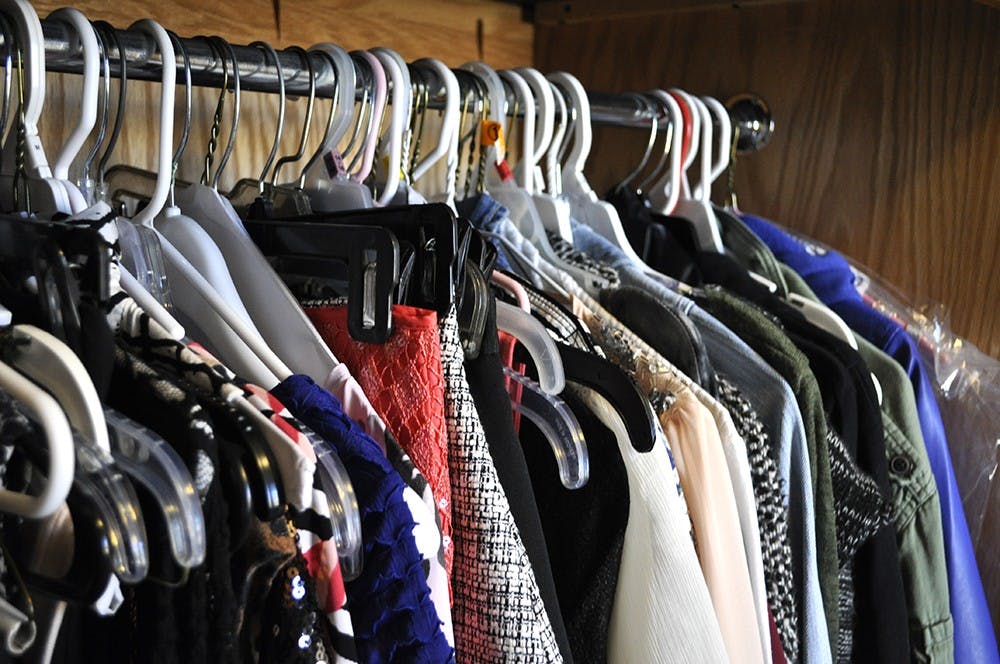Most people enjoy buying new clothes or taking trips to the mall on the weekends and during free time. Year after year we accumulate new stuff, which results in us eventually replacing old items and throwing them out. But consider the ?following questions.
Where does your clothing come from? Where does it go after you throw it out or give it away? Do you use it until it’s worn? Do you check the label to see where it was made or what it is made out of?
Most of us probably don’t consider these questions, myself included. Does it ?really affect us?
The answer to that is yes. Maybe not right now, but it will sooner than you think.
The need for fashion is the need for constant change. But with this constant change and reworking of our closets, a lot of waste is produced, and most of us barely blink an eye.
The amount of chemical processes, water and other resources used in apparel production is astonishing. Between dying, washing and altering garments during their production stages, an absurd amount of resources are utilized.
On average, every American trashes 65 pounds of clothing each year. Taking other textiles such as drapes, sheets or other home goods into consideration, the total number of textiles wasted per year results in 14.3 million tons. Read that again. Not pounds. Tons.
Popular clothing brand H&M is a prominent force in the promotion of sustainability within the fashion industry. It is one of the top retailers who use organic cotton in its products and have launched a global clothes-recycling initiative.
They have worked to make their “Conscious” clothing collections big hits, which are created from sustainable materials.
The classic denim brand Levi’s has found a way to create their famous denim with 100 percent recycled water, earning them an eco-friendly reputation like that of H&M.
Leaders in the industry have suggested various approaches to producing greener products, so to speak.
A stronger focus on the use of natural fibers and a vow taken by several designers to use more sustainable and reusable materials have both contributed to this approach.
The Bloomington community has taken steps to promote a more sustainable lifestyle as well. Last spring, I covered the Trashion/Refashion Show at the Buskirk-Chumley Theater, a fundraising event designed to feature garments that have been made from reused or recycled materials. The profits from the show support the efforts of the Center for Sustainable Living.
With the amount of materials that we produce and consume each year, it’s vital that people take the initiative now rather than later. This directly affects everyone.
Do your part, and keep the cycle going.






